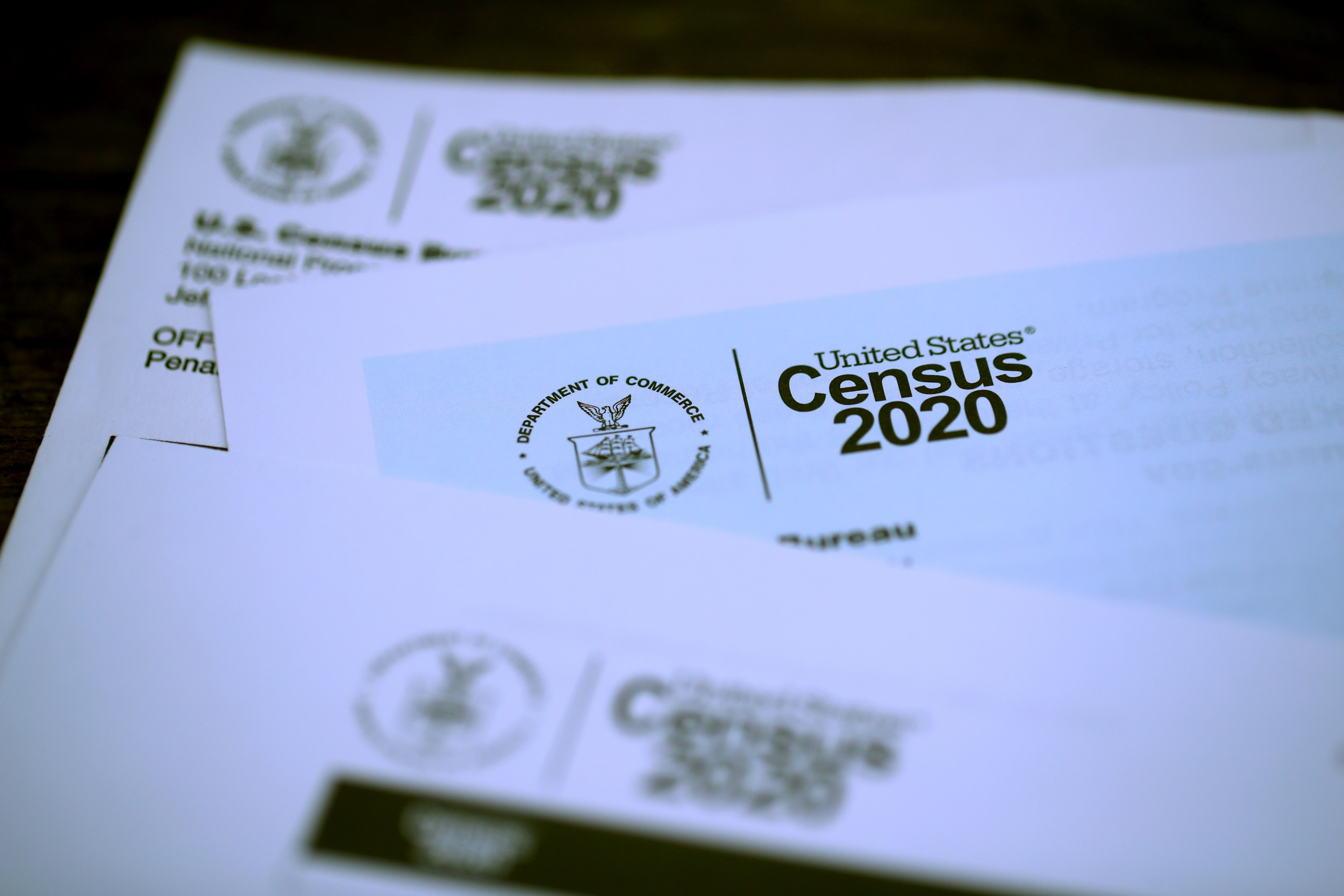Middle Eastern and North African Americans may not be perceived, nor perceive themselves, to be WhitePosted in Articles, Census/Demographics, Media Archive, Politics/Public Policy, Social Science, United States on 2022-02-14 16:58Z by Steven |
PNAS: Proceedings of the National Academy of Sciences of the United States
Volume 119, Number 7, e2117940119
2022-02-15
9 pages
DOI: 10.1073/pnas.2117940119
Neda Maghbouleh, Associate Professor of Sociology
University of Toronto
René D. Flores, Neubauer Family Assistant Professor of Sociology
University of Chicago
Ariela Schachter, Assistant Professor of Sociology; Faculty Affiliate in Asian American Studies
Washington University in St. Louis, Saint Louis, Missouri
Significance
The US government’s classification of Middle Eastern and North African (MENA) Americans as White means there is no direct way to numerically count members of this group in official statistics. Therefore, any potential disparities and inequalities faced by MENA Americans remain hidden. Nevertheless, we find that MENA Americans may not be perceived, nor perceive themselves, to be White. These findings underscore the minoritized status of MENA Americans and support the inclusion of a new MENA identity category in the US Census. This would allow researchers to examine the social, economic, and health status of this growing population and empower community advocates to ameliorate existing inequalities.
Abstract
People of Middle Eastern and North African (MENA) descent are categorized as non-White in many Western countries but counted as White on the US Census. Yet, it is not clear that MENA people see themselves or are seen by others as White. We examine both sides of this ethnoracial boundary in two experiments. First, we examined how non-MENA White and MENA individuals perceive the racial status of MENA traits (external categorization), and then, how MENA individuals identify themselves (self-identification). We found non-MENA Whites and MENAs consider MENA-related traits—including ancestry, names, and religion—to be MENA rather than White. Furthermore, when given the option, most MENA individuals self-identify as MENA or as MENA and White, particularly second-generation individuals and those who identify as Muslim. In addition, MENAs who perceive more anti-MENA discrimination are more likely to embrace a MENA identity, which suggests that perceived racial hostility may be activating a stronger group identity. Our findings provide evidence about the suitability of adding a separate MENA label to the race/ethnicity identification question in the US Census, and suggest MENAs’ official designation as White may not correspond to their lived experiences nor to others’ perceptions. As long as MENA Americans remain aggregated with Whites, potential inequalities they face will remain hidden.

